
Smart Shorelands: Keep it Clean to Protect Frogs and Toads
DOWNLOADJanuary 4, 2024 - Paige Filice and Erick Elgin, Michigan State University Extension
There is something magical about hearing the first spring peepers waking up after a long and cold winter. The endless chorus throughout spring and summer is an indication of Michigan’s 13 species of frogs and toads as they wake up from hibernation. Swarming ponds, lakes, streams and wetlands, these precious amphibians are looking for a place to mate and live. Frogs and toads are also great companions for your yard and garden. They eat pests like beetles, cutworms and slugs and are an important food source for a variety of other animals including herons, mink, foxes and fish.
Frogs and toads have highly permeable skin that allows liquids and gases to pass through easily. This makes them particularly sensitive to pollution, especially when developing from tadpoles to adults. Chemicals found in their environment like fertilizers, weed and pest killers, and detergents can be absorbed into their bodies and cause deformities like a lack of eyes, malformed legs and in some cases death. Due to pollution, loss of habitat and disease, amphibians are the most endangered group of wildlife on earth, with one-third to potentially half of amphibian species worldwide at risk of extinction. Michigan has four rare or declining frog and toad species.
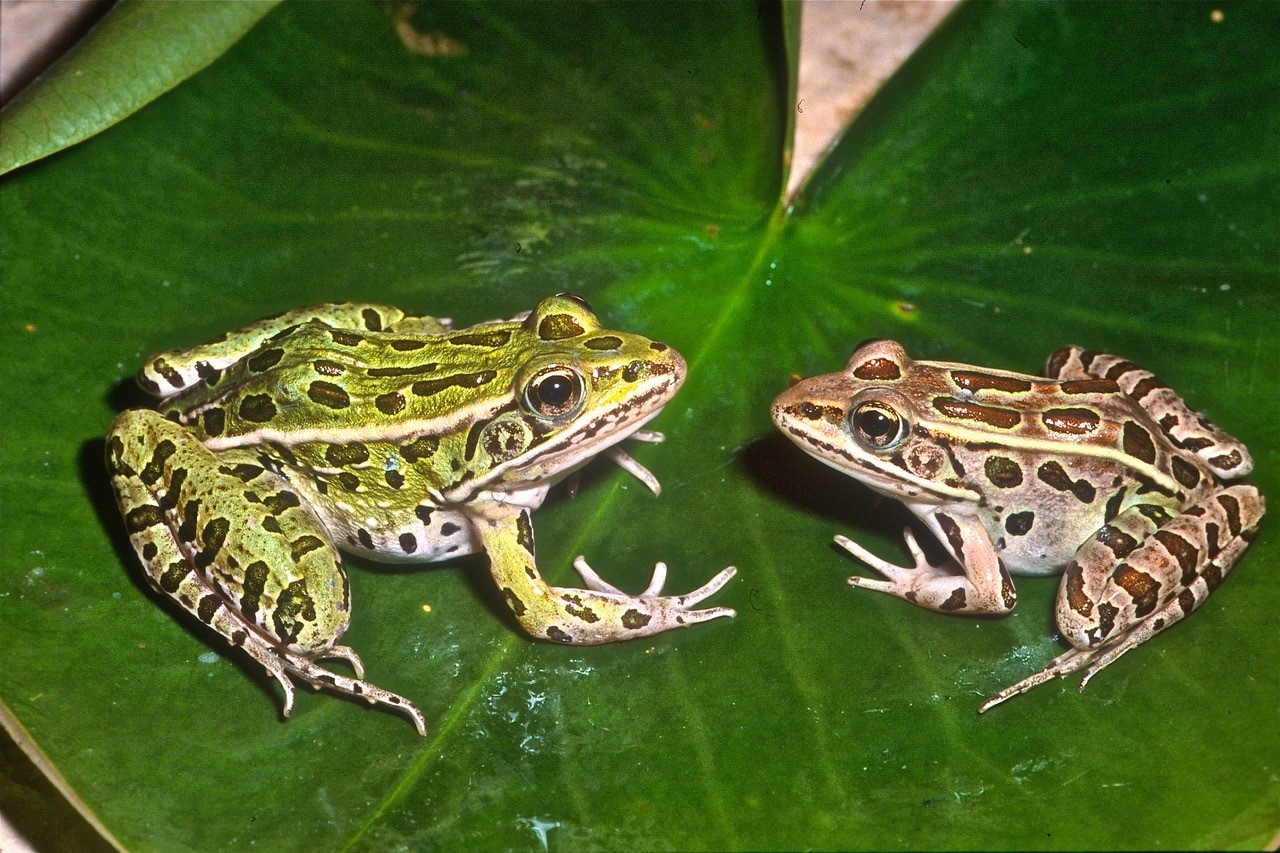
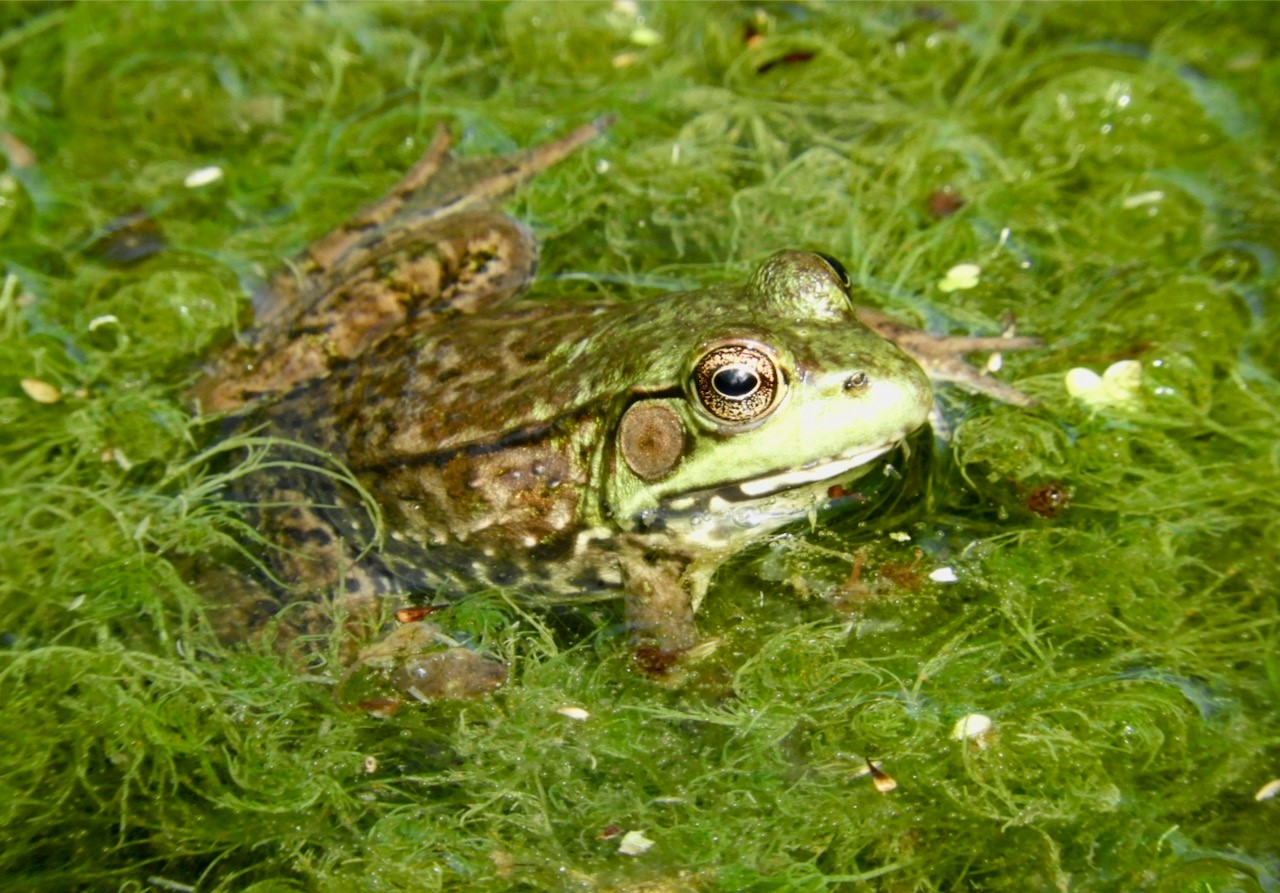
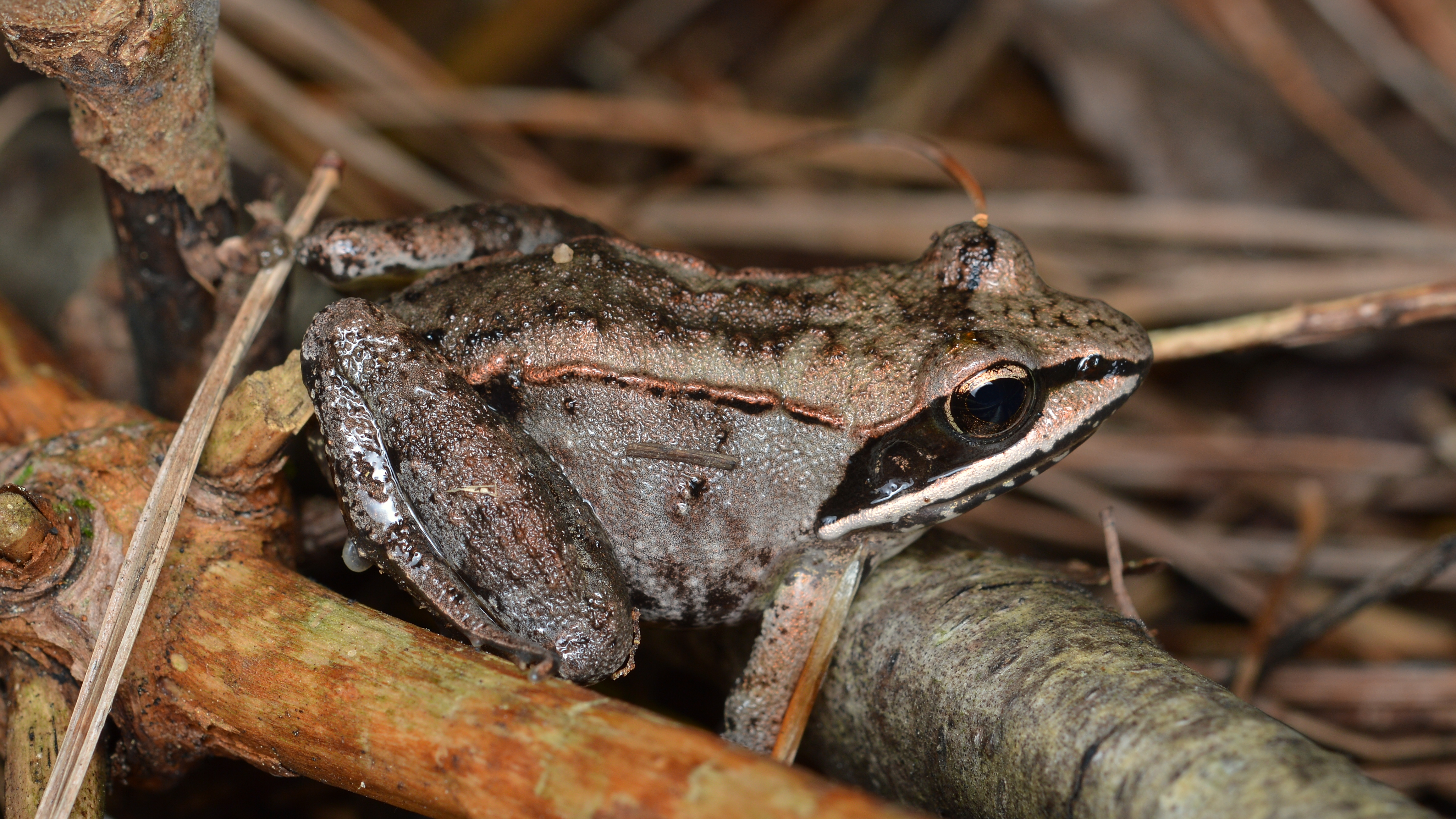
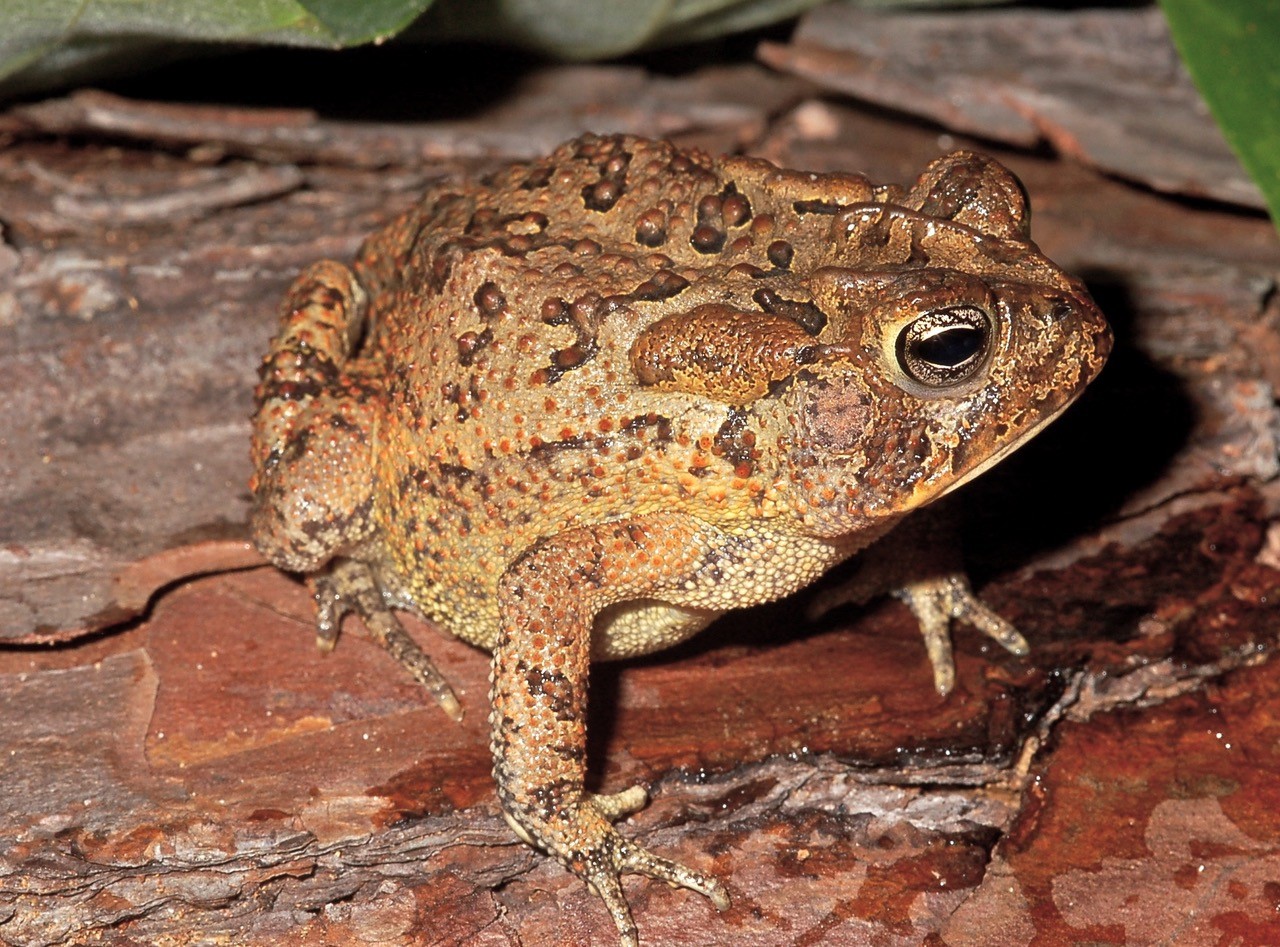
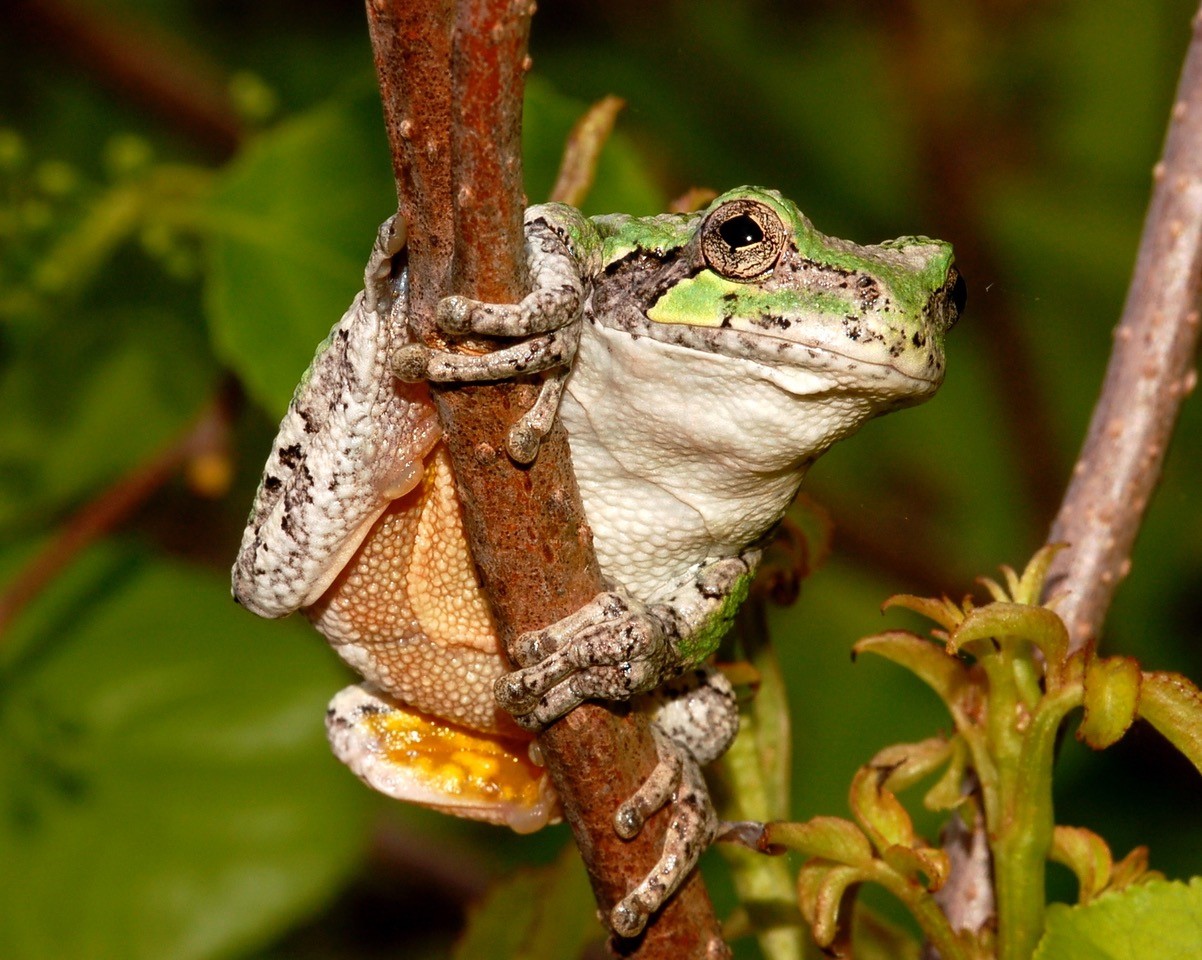
Do your part to protect Michigan’s amphibians
Minimize usage of chemicals. Common garden chemicals like fertilizers and pesticides are designed to alter the environment (e.g., kill insects or weeds, encourage growth). Unfortunately, research has found they can also harm amphibians like frogs and toads. When managing weeds, consider hand pulling, digging up or cutting them instead of applying chemicals. Preventing weeds and other pests is the easiest and cheapest way to limit your reliance on chemicals. Consider planting native species that do not need extra fertilization and are less affected by disease. Native plants also attract insects typically not harmful to your garden that are a food source for frogs and toads.
Timing is everything. If you do need to apply fertilizers or pesticides, spot treat during sunny, non-windy and dry days and when animals are the least active. Apply chemicals when rain is not expected for a few days. If applying herbicides is necessary, use caution as some herbicides persist in the soil for long periods of time. If applied late in the growing season, they can impact eggs and tadpoles the following spring.

Control rainwater runoff. The more rainwater that can be filtered through vegetation and soil as opposed to entering a storm drain, the healthier our water is. Consider installing a rain barrel at the end of a gutter or direct your gutters into a rain garden to capture runoff. Rain gardens add beauty and habitat to your yard while also helping the environment.
Create habitat and avoid barriers. Frogs and toads do not like wide open sunny places like grassy lawns. During the day, they prefer to stay damp in shady areas away from heat and direct sunlight. Consider replacing parts of your lawn with a diverse mix of native plant species that can provide ample food and protection. Or, on a smaller scale, create shelter for them by building a brush or rock pile, or leave a layer of leaves for them to hide in. Another popular gardener trick is to turn over a clay or ceramic flowerpot and prop it up with rocks, making it easy for a frog or toad to slip inside for an afternoon nap. Shelters should be placed in quiet and shady areas, which are not mowed frequently.
Shoreline habitats are also very important to amphibians, as some species like the green frog require plants near the water for survival. Common development practices like removing shoreline plants and installing seawalls and rock rip rap make it nearly impossible for frogs or toads to reach and use shorelines to rest and feed. If you live on a lake, pond or river, be sure frogs and toads have easy access into and out of the water. You can do this by simply extending a downed tree or log into the water or planting native plants along the shoreline. These practices also reduce erosion, eliminating the need to install a seawall or rock rip rap.
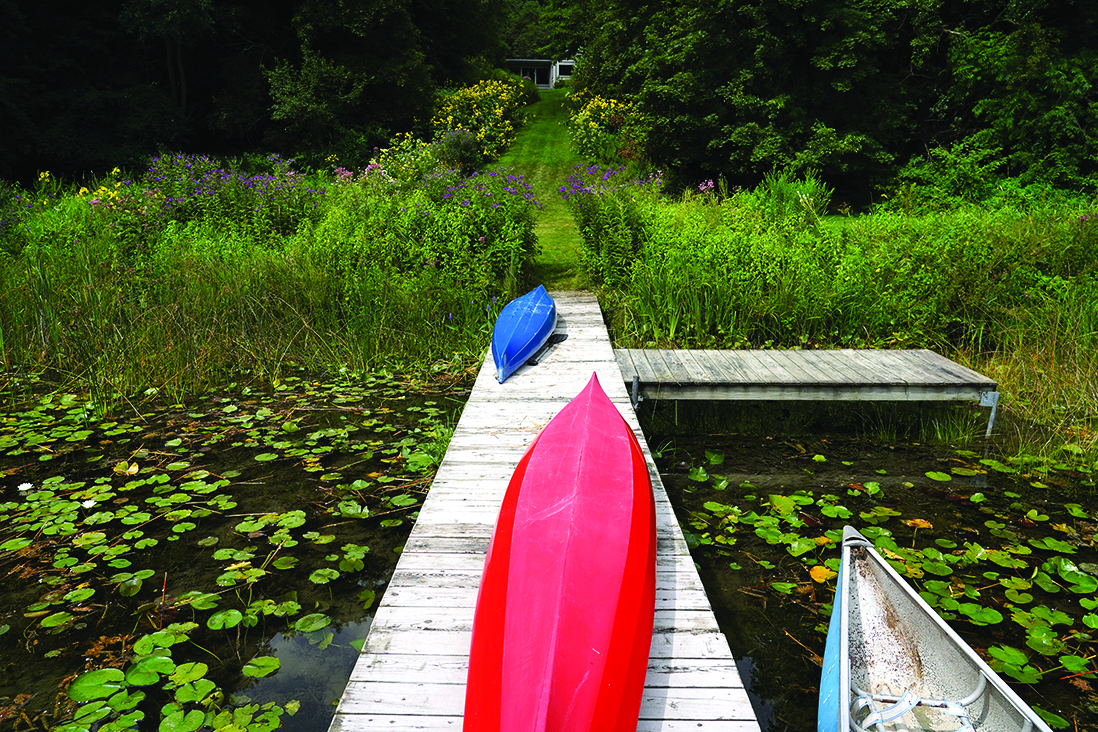
Handle with care. If you are lucky enough to have a frog or toad visitor in your garden, never handle them or other amphibians when you have insect repellent, sunscreen or soap on your hands. They can be harmed or killed by chemicals we consider harmless. Keep hands moist or wear clean garden gloves when handling if possible.
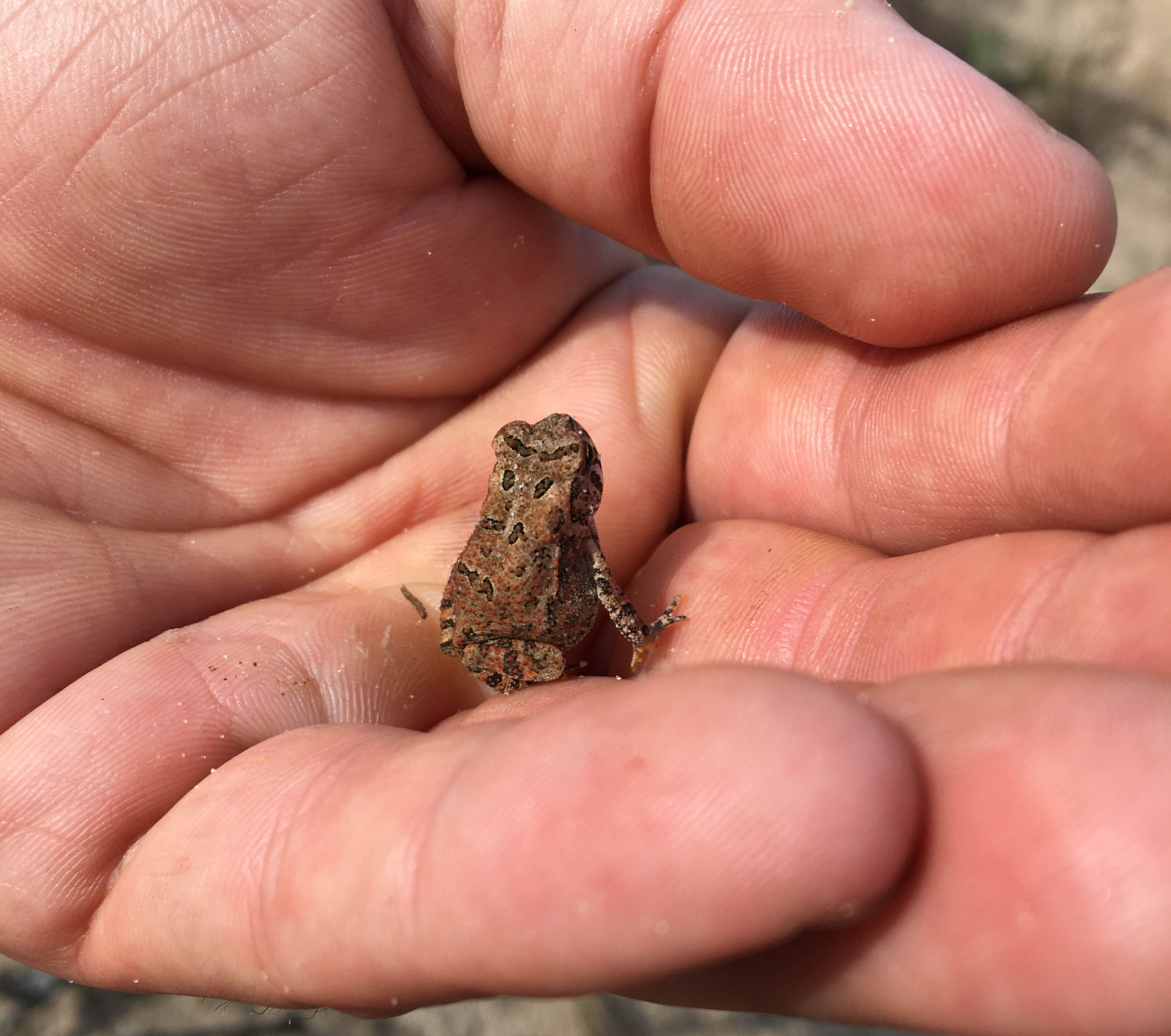
For more information on a wide variety of Smart Gardening topics, visit www.migarden.msu.edu or call MSU’s Lawn and Garden hotline at 1-888- 678-3464. Additional shoreland resources can be found on the MSU Extension Center for Lakes and Streams website at www.canr.msu.edu/cls.
Updated December 2023. This publication is supported in part by the Crop Protection and Pest Management Program 2017-70006-27175 from the USDA National Institute of Food and Agriculture. Any opinions, findings, conclusions, or recommendations expressed are those of the author(s) and do not necessarily reflect the view of the U.S. Department of Agriculture.



 Print
Print Email
Email

